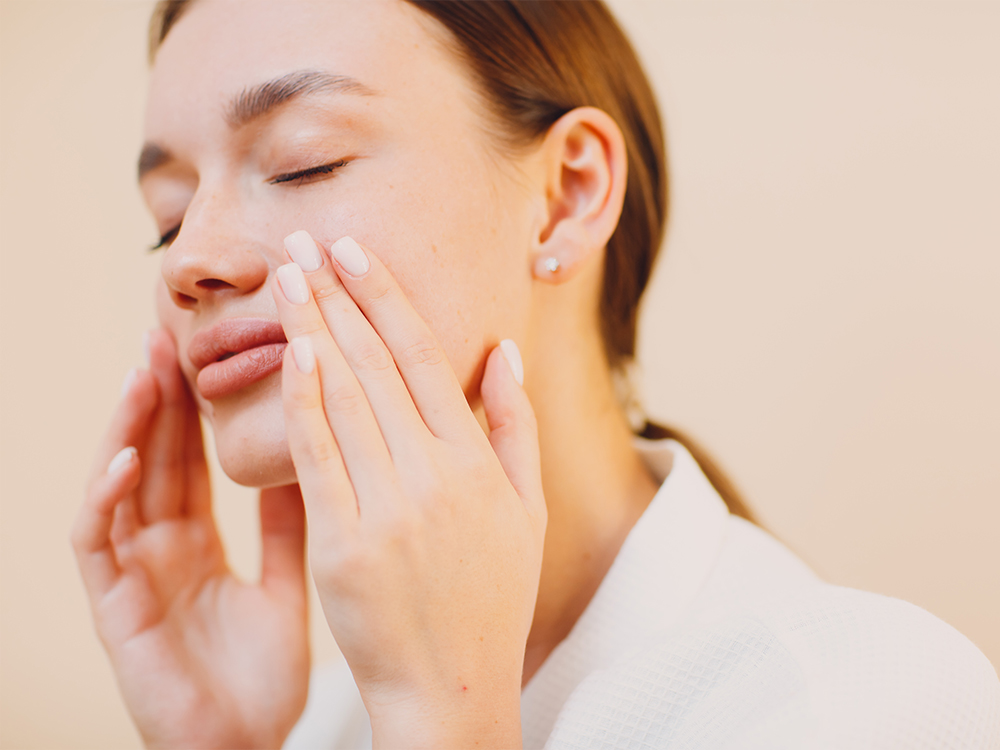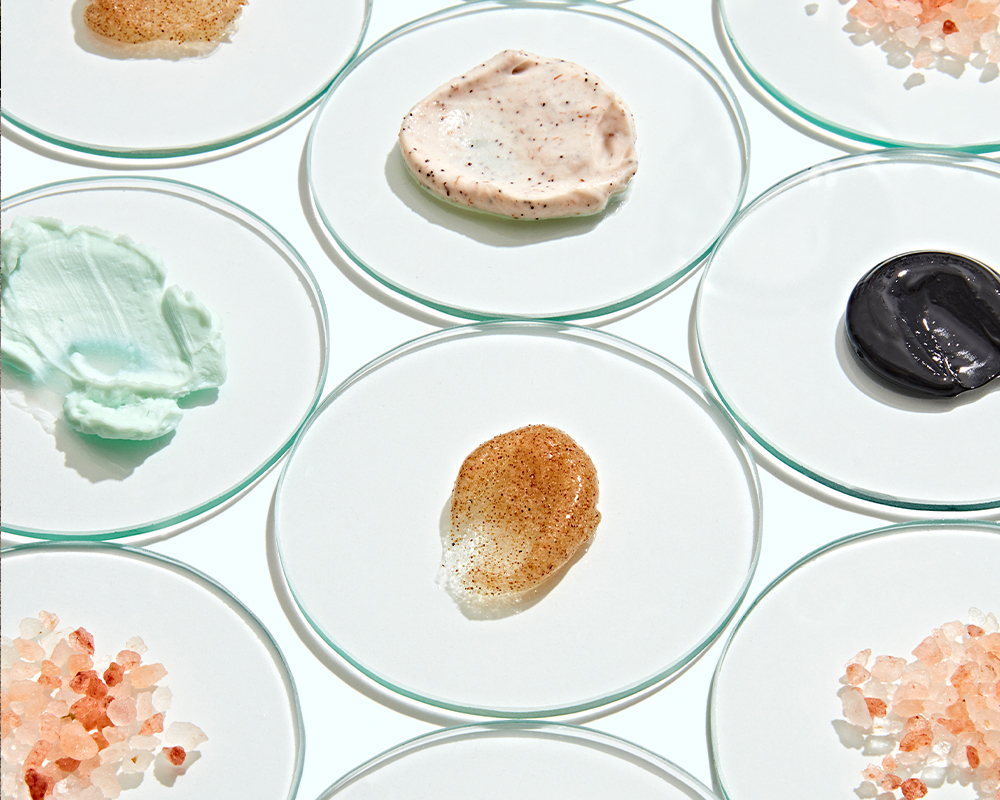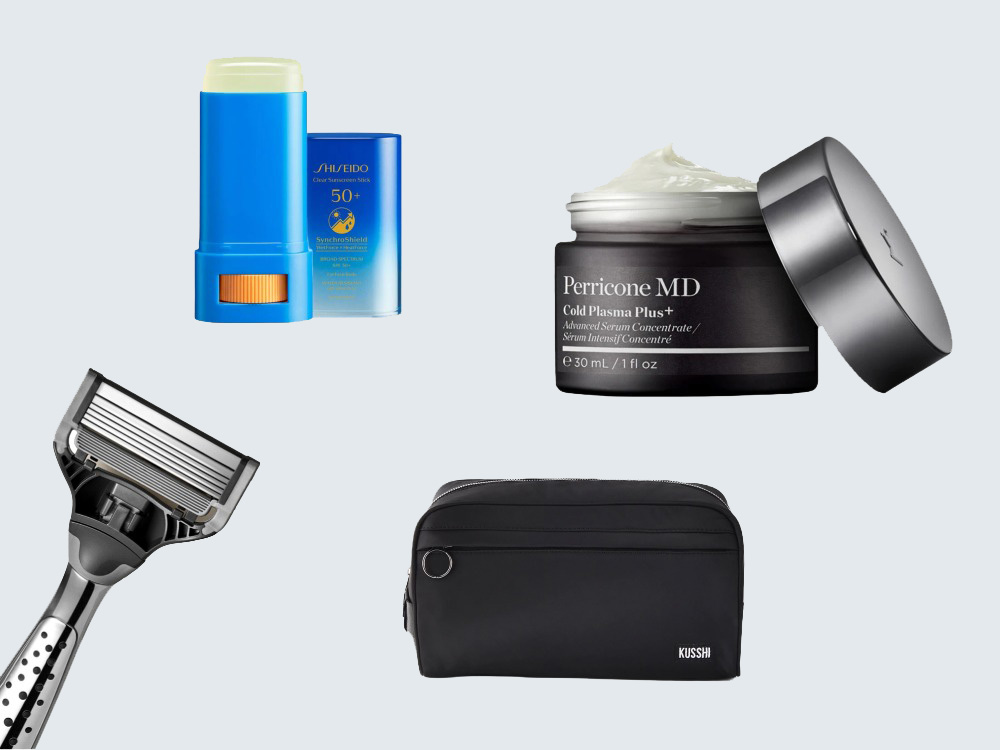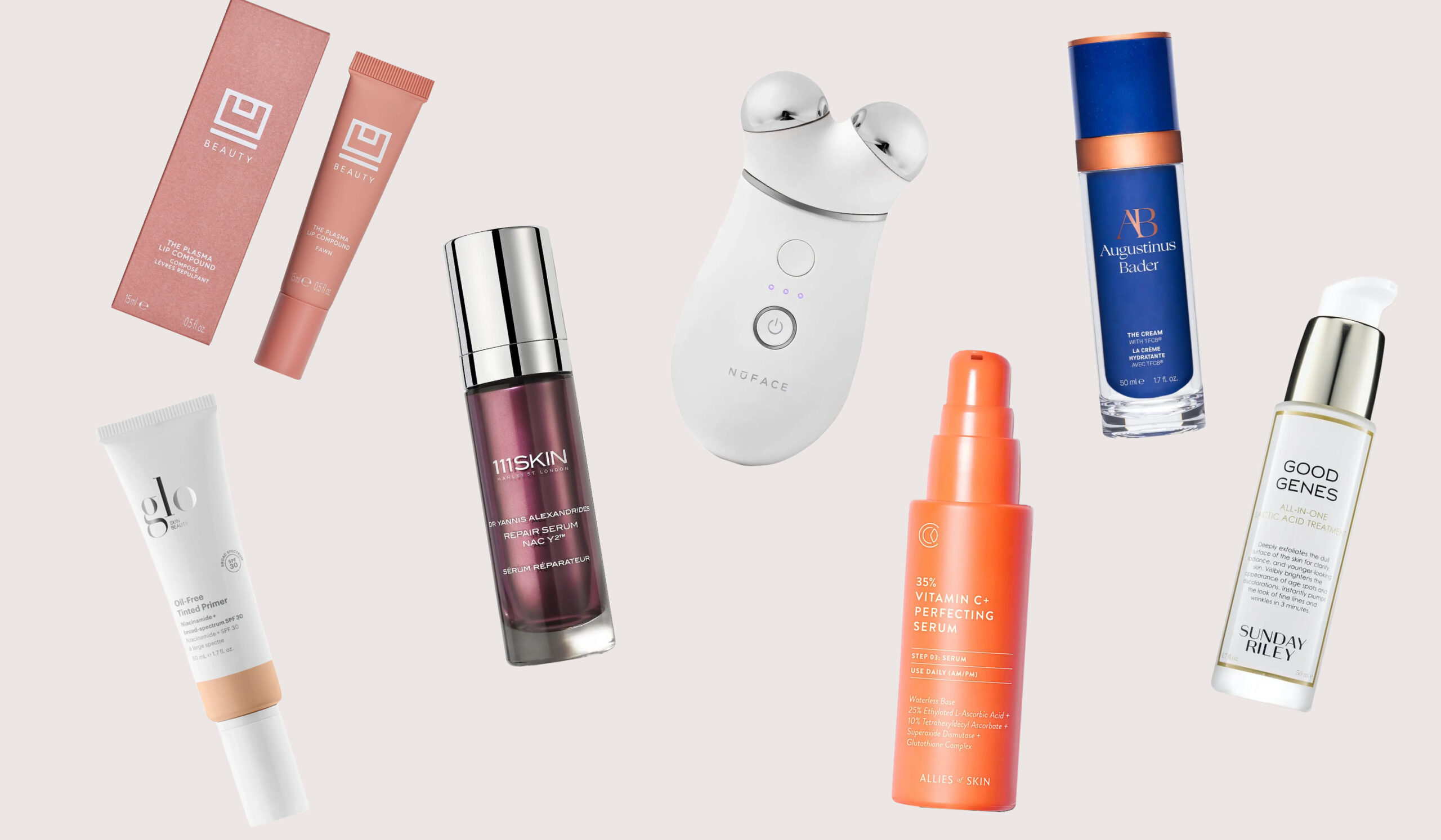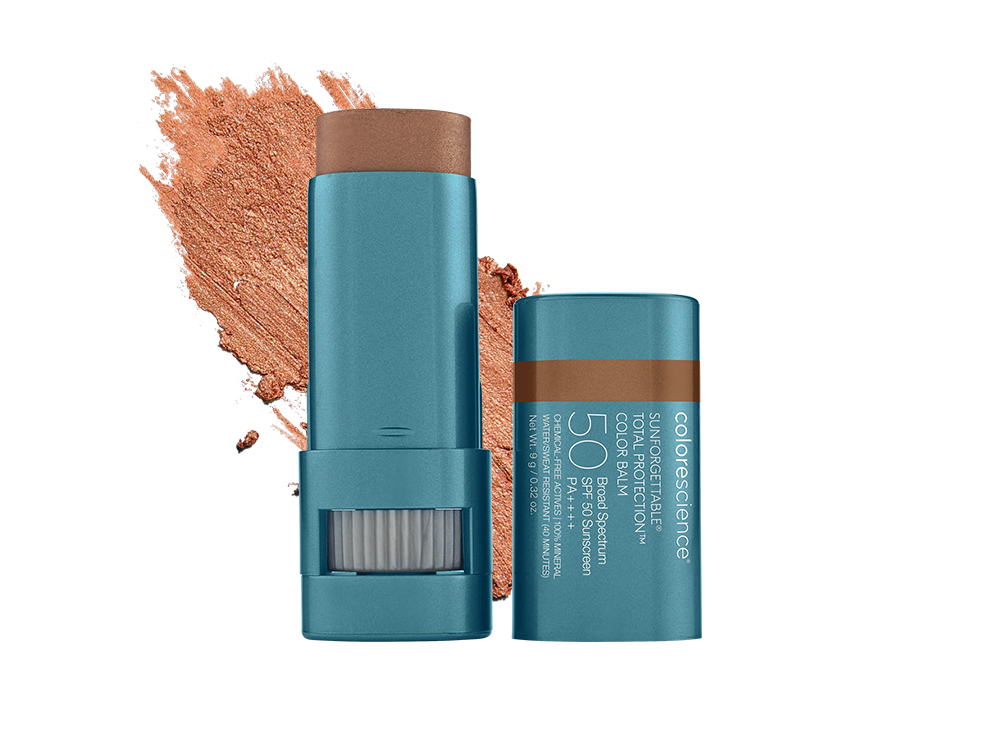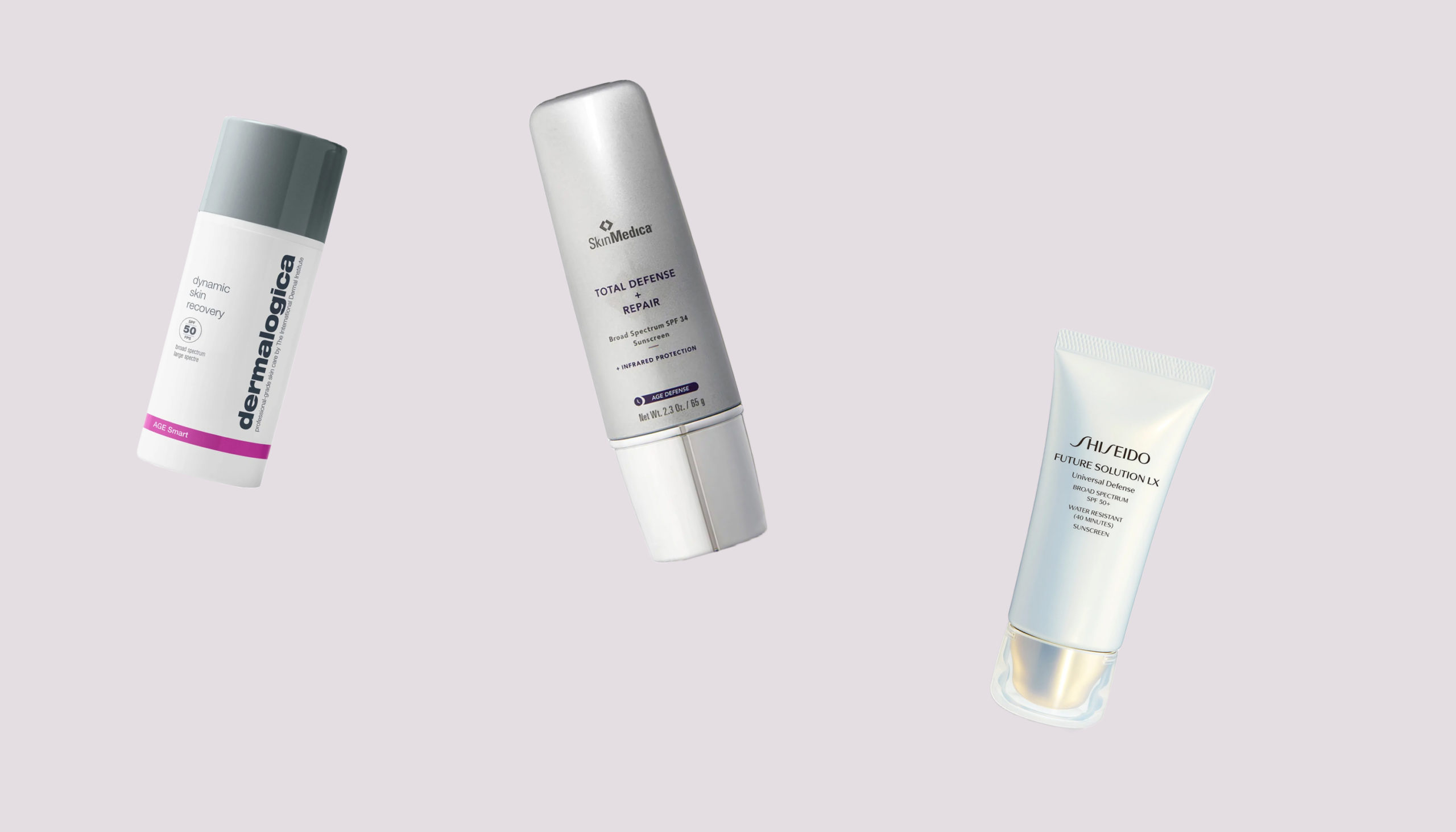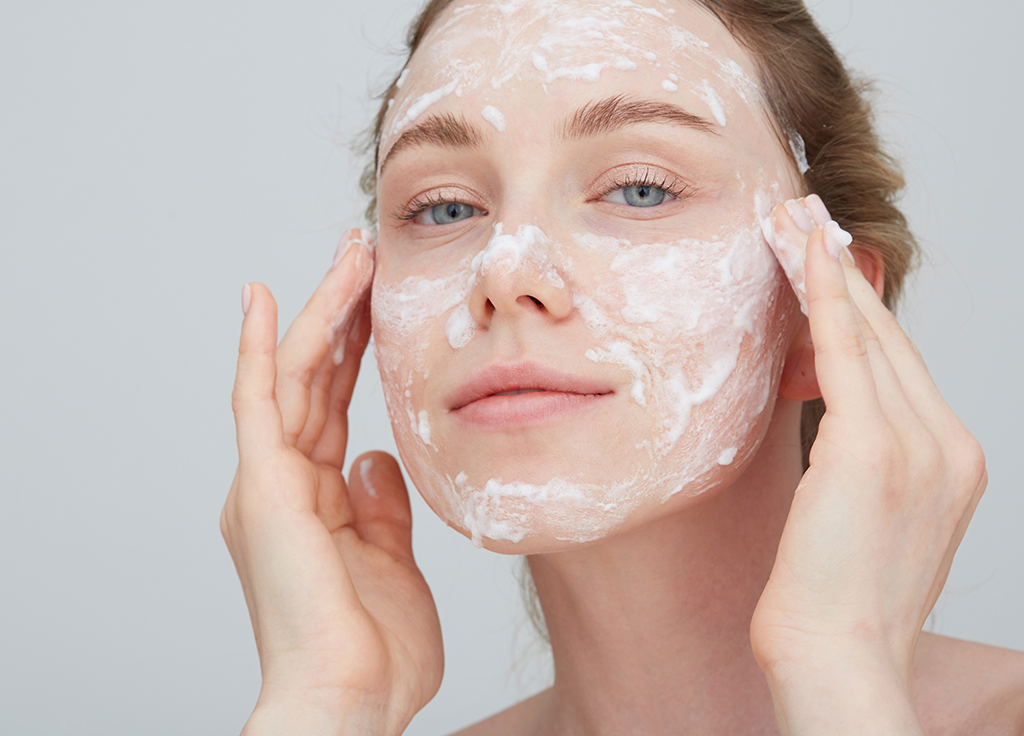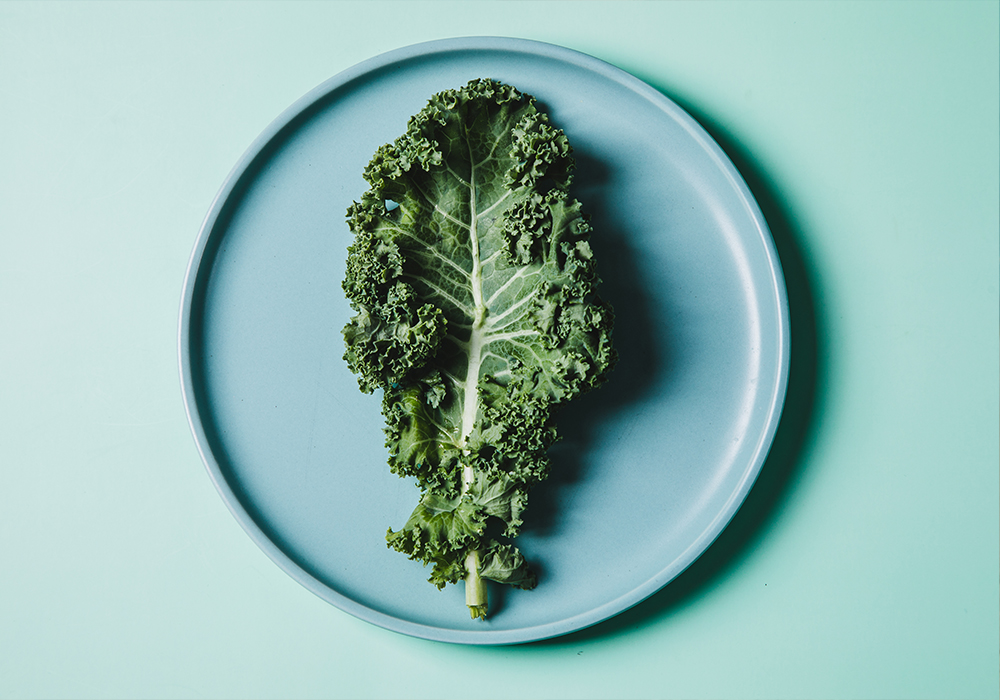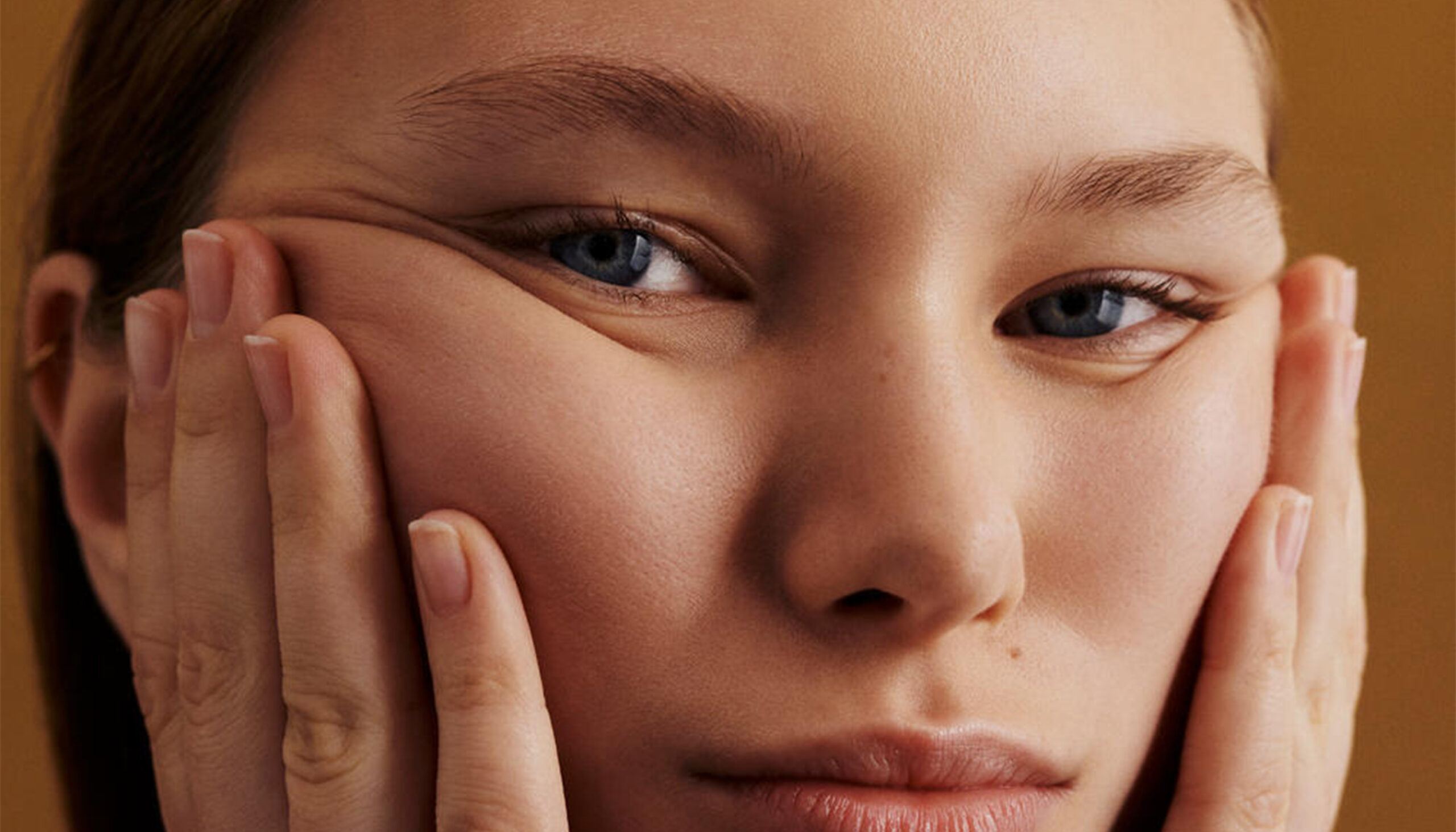Skin-plumping hyaluronic acid has become one of the most buzzed-about ingredients as of late, and for a good reason: our skin is making less and less of it each year. “Our skin is composed of collagen, elastin and hyaluronic acid,” says New York dermatologist Marina Peredo, MD. “As we age, the amount of all three components diminish in the skin.”
“Hyaluronic acid is one of the essential naturally occurring compounds of our skin that binds to water to give our skin hydration,” continues Monroe, LA dermatologist Janine Hopkins, MD. “Like collagen, we lose hyaluronic acid over time and our skin becomes dry and less supple.”
With continued and consistent use, hyaluronic acid—both via topicals and in-office injections—can help reverse dry skin and reduce the appearance of fine lines and wrinkles.
Ahead, top dermatologists walk us through the ins and outs of the must-have skin-care hero.
How Hyaluronic Acid Works
“Hyaluronic acid quickly became a popular ingredient in skin-care products in order to plump and hydrate the skin,” adds Dr. Hopkins. “I often tell my patients that applying hyaluronic acid is like giving your skin a big drink of water.”
West Palm Beach, FL dermatologist Kenneth Beer, MD says hyaluronic acid works by acting like a sponge, ”providing hydration and also a little bit of plumping while not having the irritation associated with other molecules.”
It’s More Than Just Skin Care
Hyaluronic acid can be used topically or injected under the skin. “When injected, it brings lost volume to the skin, improves fine lines and deeper wrinkles and improves skin texture,” says Dr. Peredo. “When used topically in skin-care products, hyaluronic acid helps maintain moisture in the skin and aids in the tissue-regeneration process. Its main purpose is to retain water and keep skin moist.”
“HA injections for wrinkle reduction replaced collagen injections about 15 years ago and now most all of the popular fillers like Restylane, Juvéderm, and the newer RHA filler are all forms of hyaluronic acid,” says Dr. Hopkins. “When injected into the skin, these help replace missing volume to reduce skin laxity and lines and wrinkles.”.
Why Biocompatibility Matters
According to Dr. Beer, hyaluronic acid is popular for a simple reason: “It works well and is highly biocompatible, meaning HA looks like the molecules that are supposed to be in the skin.”
“I think hyaluronic acid’s popularity largely stems from it being naturally found in many tissues including the skin,” says Campbell, CA dermatologist Amelia Hausauer, MD. “ It is something our bodies are constantly building and breaking down. This biocompatibility—meaning it’s safe and good fit for the body—and its ability to be reversed is part of why it is appealing as a dermal filler. We are fortunate to have many different forms of HA filler that are so well tolerated and provide nuance and refined results.”
Hyaluronic Acid Is a Humectant
“In skin care, the fact that hyaluronic acid is water-loving and binds 1,000 times its weight in water makes it a great hydrator,” explains Dr. Hausaeur. “Because it grabs and locks in water, we call this a humectant.”
It’s Best Paired With an Emollient
According to Dr. Hausauser, for the most well-rounded hydration and moisturization, “the humectant HA should be paired with an emollient such as ceramides that helps seal cracks in the skin to make it more pliable.” When combined, the doctor says it allows for “more deeply restorative skin care.”
Hyaluronic Acid Isn’t Just For Wrinkles
Dr. Peredo says hyaluronic acid serums aren’t reserved for those of a certain age. “I recommend HA products not just as an anti-aging product but also for millennials to use as a great hydrator or moisturizer.” Hyaluronic acid can be found in lightweight serums, water-gel moisturizers and cleansers perfect for any age.
Not Every Formula Is Created Equal
Not all HA formulas and products are created equally, warns Dr. Beer: “Shop for a brand that invests in the ingredients and uses them at concentrations that make a difference, and don’t skimp on ingredients. This doesn’t mean it has to be very expensive, just that it has a good ingredient list and a good pedigree.”
Always Check the Label
When shopping for a new hyaluronic acid formula, Dr. Hausauer advises checking the ingredient list first. “I look for HA to be higher on the ingredient list, as some formulas rely more on silicone than true hyaluronic acid.”
“You should look for a serum that has different molecular weights of hyaluronic acid,” adds Dr. Peredo. “To further increase the benefits of hyaluronic acid, look for serums that contain additional ingredients such as ceramides, niacinamide, antioxidants and peptides.”
Nail the Application
Dr. Peredo says hyaluronic acid skin-care products can be used in the morning, at night, or both. “You should apply the product all over your face, including the neck,” she adds. Dr. Hausaeur recommends applying your HA-boosted product onto damp skin, “so it can trap that moisture rather than letting it evaporate off and dry the skin.”
